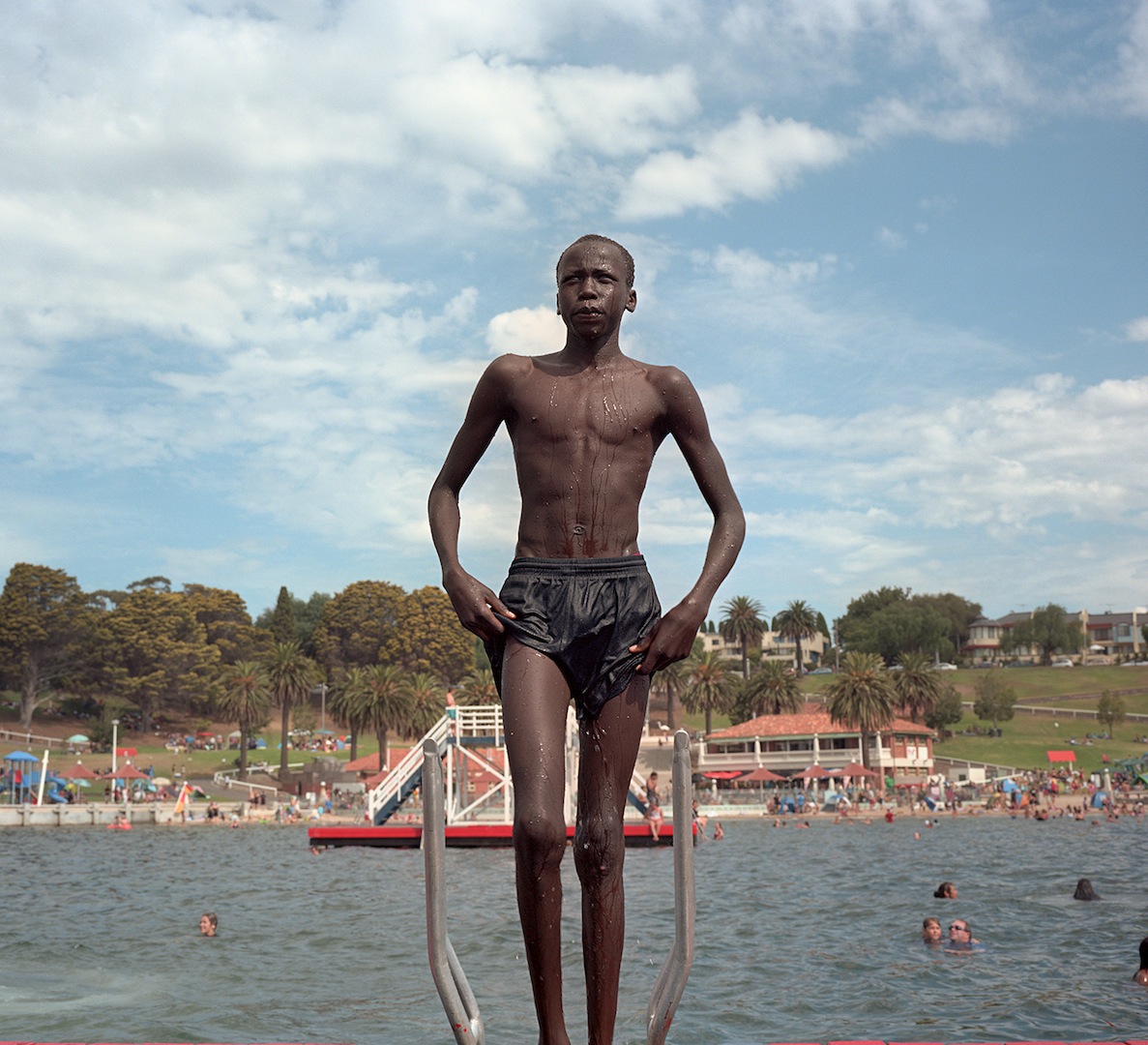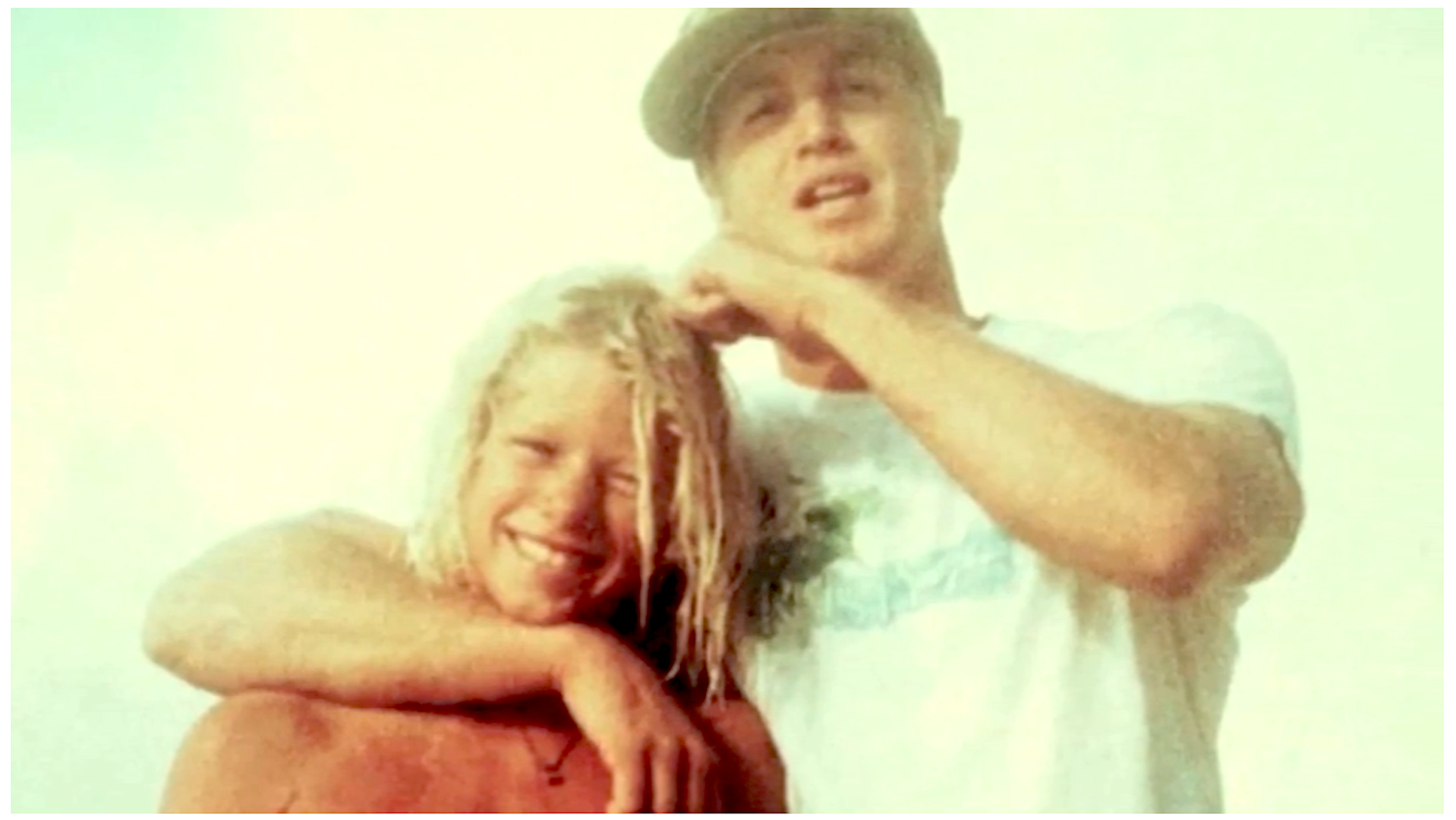A new photo book that holds a mirror to Australia's soul. "It's not a political book," says Frank. It is…
Australia. Now there’s a tricky one.
A couple beats over 200 years ago, Captain James Cook plants a flag in the name of England on a stretch of sand and the fun begins. Between now and then unravels a lively tapestry of identity defining moments and a flood of immigrants that helped shape the country into what it is today.
And that’s where it gets a bit confusing.
Australia’s home to 23 million people, a mixture of good, bad, angry and sad all living in a beautiful country girt by sea. And if you had to pick one photographer to turn the lens on the people that for better or worse make Australia what it is-wouldn’t you be glad it’s Jon Frank?
Frank has set aside a year to, in part, frame Australia’s identity but to also “take you on a trip through a modern-day Australia far removed from the colour brochure. It will weave an unflinching visual narrative to lead the reader through the streets and back-blocks of our capital cities and rural centres.”
The end result will be a large-format book simply titled, Australians, all shot in the distinctive Frank style, the style that set the Cronulla-raised immigrant apart from the herd early on in his stellar career.
“It’s not a political book,” says Frank. “But to tell you the truth, the Australia I landed in aged 10 to the one we have now. It’s a completely different country with a different set of ethics and morals.”
Frank’s chosen to shoot the book on film and at times of the day which offer little in the way of flattering light. It’s a decision which certainly gives the shots a certain feel but also harkens back to his body of work as a surf photographer, open, often empty, but always stunning.
“I made a conscious decision to avoid trickery in the project and that may very well turn out be a case of me biting off my nose to spite my face,” he says. “But, I don’t want to use beauty to distract from the honesty of the work. I started off saying no tricks, no using the light to provide dramatic affect. I’m trying to not get caught up in the games photographers can play using light but I don’t know how long I’m going to go along that road. I might change tack halfway through and decide I need to add some beautiful light, make things a bit more varied, but at the moment I’m just trying to get to the nuts and bolts of the people.”
The early results, which can be seen on an accompanying blog (click here) are what you’d expect from Frank but are also slightly uncomfortable to look at, as if we’re catching a glimpse into an odd mundane private moment.
“I don’t approach anyone,” says Frank of his method. “And not everyone likes having their picture taken. I’m a sensitive person but there’s a certain amount of aggression needed to lift the camera to your eye, stare someone down and take their picture. I’m not always comfortable doing it but I see the benefit outweighing any sort of squeamishness I might have about photographing a stranger.”
Frank’s also embraced social media to chronicle the making of the book, a welcome decision to his legions of fans but one he reckons he may never would have if not for the book. “I’m no luddite and let’s face it, the world doesn’t need another photograph, that’s for sure,” he says.
So what’s the point? “I get depressed sometimes about the new media landscape and the sheer quantity of visual information. But, at the same time I find it liberating to pursue the craft of photography using the techniques I enjoy but in a modern way, using modern methods of communication like the blog and Instagram to take people with me on the making of journey.”
Among the many looking forward to the end product is Aquabumps founder, Eugene Tan, a much lauded chronicler of the Australian identity and one of many to admit to being influenced by Frank’s style.
“Jon makes people feel very comfortable and in turn is able to capture those intimate moments,” says Tan. “I can imagine the end result will be pretty special, real and personal.”






